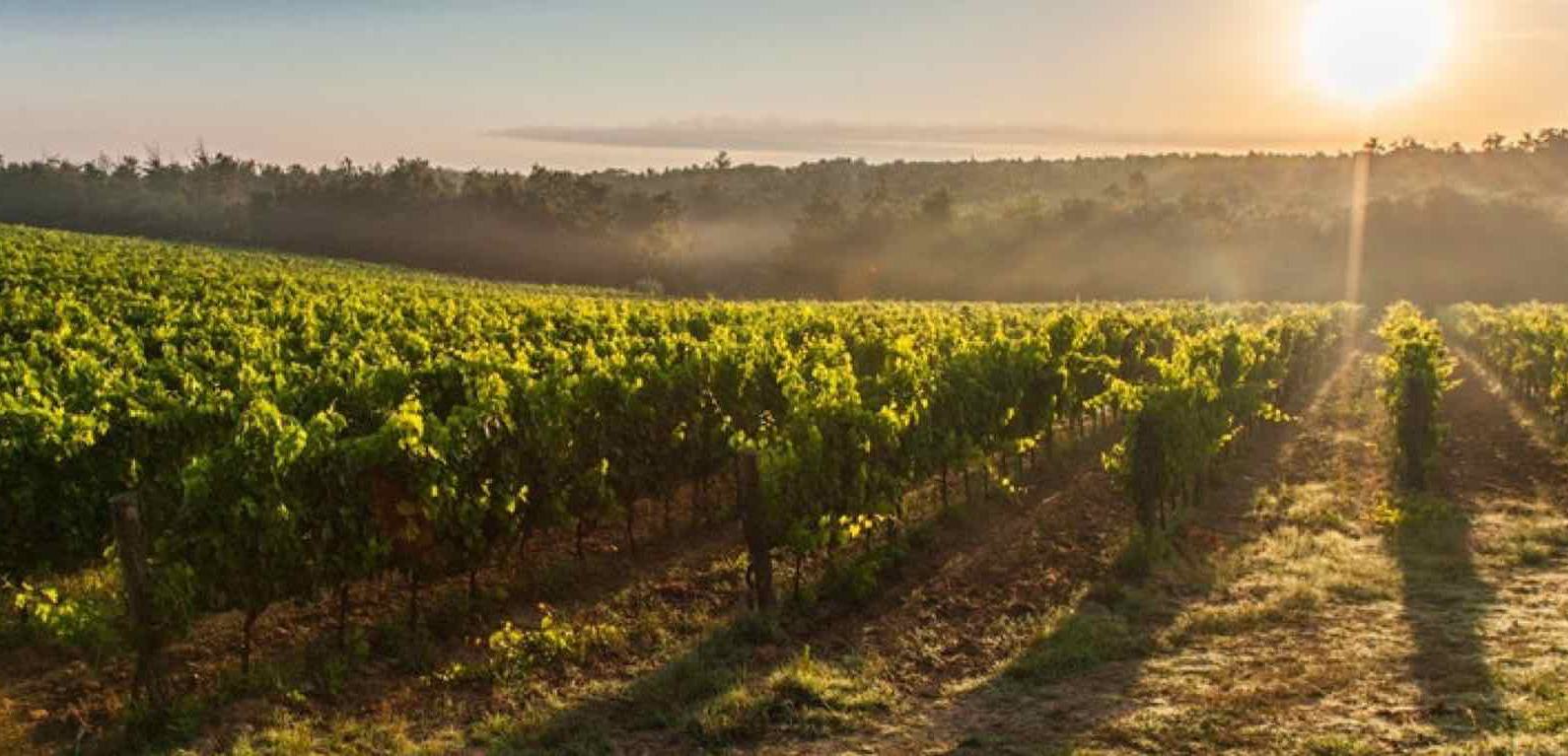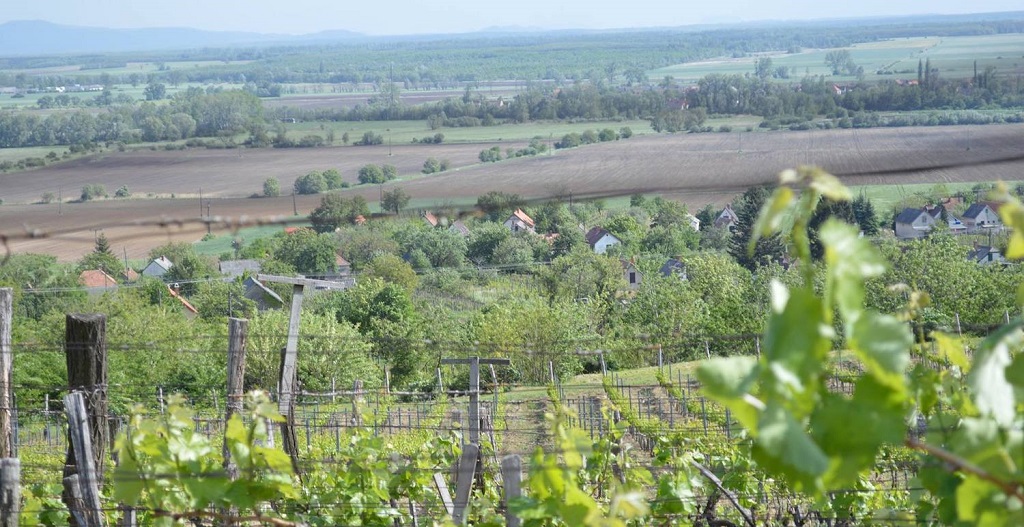
Hungary’s rich winemaking heritage is today spread across 22 protected PDO regions where a quality rennaisance is bringing back local grape varieties to the fore. While the famous sweet wines of Tojaj continue to wow audiences around the world, we are increasingly seeing top quality dry wines emerging from varieties such as Furmint, Arany Sárfehér, Ezerjó and Kadarka to name but a few.

Hungarian wine is a little bit of a Rubik's cube. Most people's unfamiliarity with the language, and indeed the geography of Hungary makes getting a handle on the country's wines and plethora of grape varieties challenging. Yet, like gradually rearranging the cube to complete the a puzzle, the sense of achievement and reward at the end is worth the effort, for Hungary's dynamic and rapidly improving wine scene offers endless excitement. Located in Central Europe, Hungary is generally characterised by a continental climate. Summers are hot and dry and winters can be cold and harsh. The West of Hungary borders [Austria](/country/austria) and generally gives the kind of light bodied whites and reds we might associated with the area. To the East, the historically important region of [Tokaj](/region/tokaj-oem) delivers famously sweet wines that have been celebrated around the world for hundreds of years. The key to unlocking Hungary's wine complexities is to start with the rarely discussed appellation system. Although France, Italy and Spain have made a science of articulating a territory's distinctiveness through the production rules and guidelines of an appellation system, Hungary and its wine trade have often shied away from such discussions. In reality however, EU law has sought to standardise wine labelling and Hungary too has created a quality hierarchy in line with what we might expect from more familiar wine producing countries. There are three important wine categories in Hungary. Regional wines, on the same level as the Italian IGP or Greek PGI, are given the abbreviation OFJ - short for Oltalom alatt Földrajzi Jelzésknown. These are generally applied to large regions and can have any number of smaller, protected appellations within them. In Hungary, the best example of this is the large area around Lake Balaton, just South West of the capital Budapest. Here a number of smaller zones are given protected status at the level of say an Italian DOC, Greek PDO or French AOC. They are known as OEM, short for Oltalom alatt álló Eredetmegjelölés, and include distinctive grape growing settings such as Balaton-felvidék OEM, Badacsony OEM, Balatonfüred–Csopak OEM and on the south side of the lake, [Balatonboglár OEM](/region/balatonboglar-oem), known for the production of sparkling wine. These protected territories are also allowed to take part in a voluntary sub tier of the OEM known as Districtus Hungaricus Controllatus or DHC for short. Consumers may note DHC on the label, but it may also be seen in its Hungarian form, VEB, short for Védett Erdetű bor. One can note how confusion can build. In principle, this additional category (perhaps like the Italian DOCG) must adhere to much stricter production rules which impact on things such as permitted grape variety and maximum yields. The inclination is of course to feel that wines carrying this classification are of a higher standard than others. In many cases this is true, but exceptions are everywhere. The wines are merely made to stricter production rules which may or may not result in better wines.

In the southern foothills of the Gerecse mountain range, Ászár–Neszmély is home to Danube influenced wines from Chardonnay, Sauvignon Blanc, Királyleányka and ...
Read more ▸
The volcanic soils of Badacsony are home to a range of different grape varieties, many of which are local to Hungary. Kéknyelű, Budai Zöld, Rózsakő, Vulcanus, Ze...
Read more ▸
Balaton-felvidék produces mainly approachable and good value white wines, although there is some red production.
Read more ▸
Balatonboglár, or South Balaton in English, is home to some truly exciting wineries. Kristinus Estate in particular is one of the leading names. There is also a lot of bulk sparkling and still wines produc...
Read more ▸
Balatonfüred – Csopak is best known for its stunning expressions of Olaszrizling.
Read more ▸
The large region of Bükk is so often overshadowed by its neighbours Eger and Tokaj, this expansive medley of terroirs is well worth exploring.
Read more ▸
One of the hottest protected regions in Hungary, Csongrád Is home to some excellent red wines from Kékfrankos and Zweigelt. There is also some white wines made, gen...
Read more ▸
Duna-Tisza közé OFJ (or PGI) is located between the Danube and the Tisza river. It generally covers bulk wine produced on the areas flat, sandy soils.
Read more ▸
Eger is perhaps best known for Egri Bikavér, or Bull's Blood, a dry Blaufränkisch based blend. Today Eger represents a dynamic scene of quality orientated wineries making wines in a number of different styles. Volcan...
Read more ▸
Hajós–Baja is one of Hungary’s hot, dry regions. Its generally sandy soils are home to white and red varieties, notably Riesling, Chardonnay, Kadarka, Kékfrankos...
Read more ▸
Káli, or the Kal Basin as it’s known in English overlaps the boundaries of Hungary’s three larger appellations on Lake Balaton. Its almost 500 hectares have had their own protected status since 1999.
Read more ▸
Kunság Is Hungary’s largest wine producing area with more than 23,000 hectares currently planted. Some of its most interesting wines come from the Izsáki Arany Sá...
Read more ▸
Mátra OEM covers a mountainous area in the north of Hungary. With almost 5500 hectares under vine it is the second biggest appellation in the country. Mátra was long known as a source of communist era bulk production, but the presence of volcani...
Read more ▸
The Mór region just to the west of Budapest covers around 650 hectares and is home to dry and sweet wines, often from the rare Ezerjó grape.
Read more ▸
Nagy-Somló covers vineyards situated on the three volcanic hills of Ság, Kis-Somló, and of course Somló which frequently overshadows the appellation with its own smaller, more specific production rules. This is a white wine growing area, parti...
Read more ▸
Pannonhalma is one of the first protected regions in Hungary. Also referred to as the Sokoró hills, its nearly 600 hundred hectares of vineyards are planted primarily with Olaszrizling, T...
Read more ▸
Pécs is home to a body of easy drinking and frequently good value wines. International varieties tend to dominate the roughly 700 hectares under vine, and as such, often finds itself living in the shadow of the more famous and larger Villány, lo...
Read more ▸
Located very close to the Austrian border in the West of Hungary, Sopron is home to light red wines from Kékfrankos.
Read more ▸
Szekszárd in the south of Hungary is home to good quality wines from Kadarka. It also produces its own Bull’s Blood blend known as Szekszárdi Bikavér.
Read more ▸
Tokaj is world famous for its long history of producing exceptional sweet wines from the Furmint and the Hárslevelű. In more recent years there has been a big quality push on dry wines and these n...
Read more ▸
Tolna is a large and fragmented wine region influenced by both the Sio River and the Danube. It is home to good value red wines.
Read more ▸
In a short space of time Villány has earned a reputation for producing some of the best red wines in Hungary. Having invested heavily in Cabernet Franc, the region is home to serious, o...
Read more ▸
Zala is a small protected appellation of around 650 hectares situated just to the west of Lake Balaton.
Read more ▸